"Keep being curious": Inside the art of Marcel Mosqi
The artist discusses how he started working in video games and why he loves painting in watercolours.
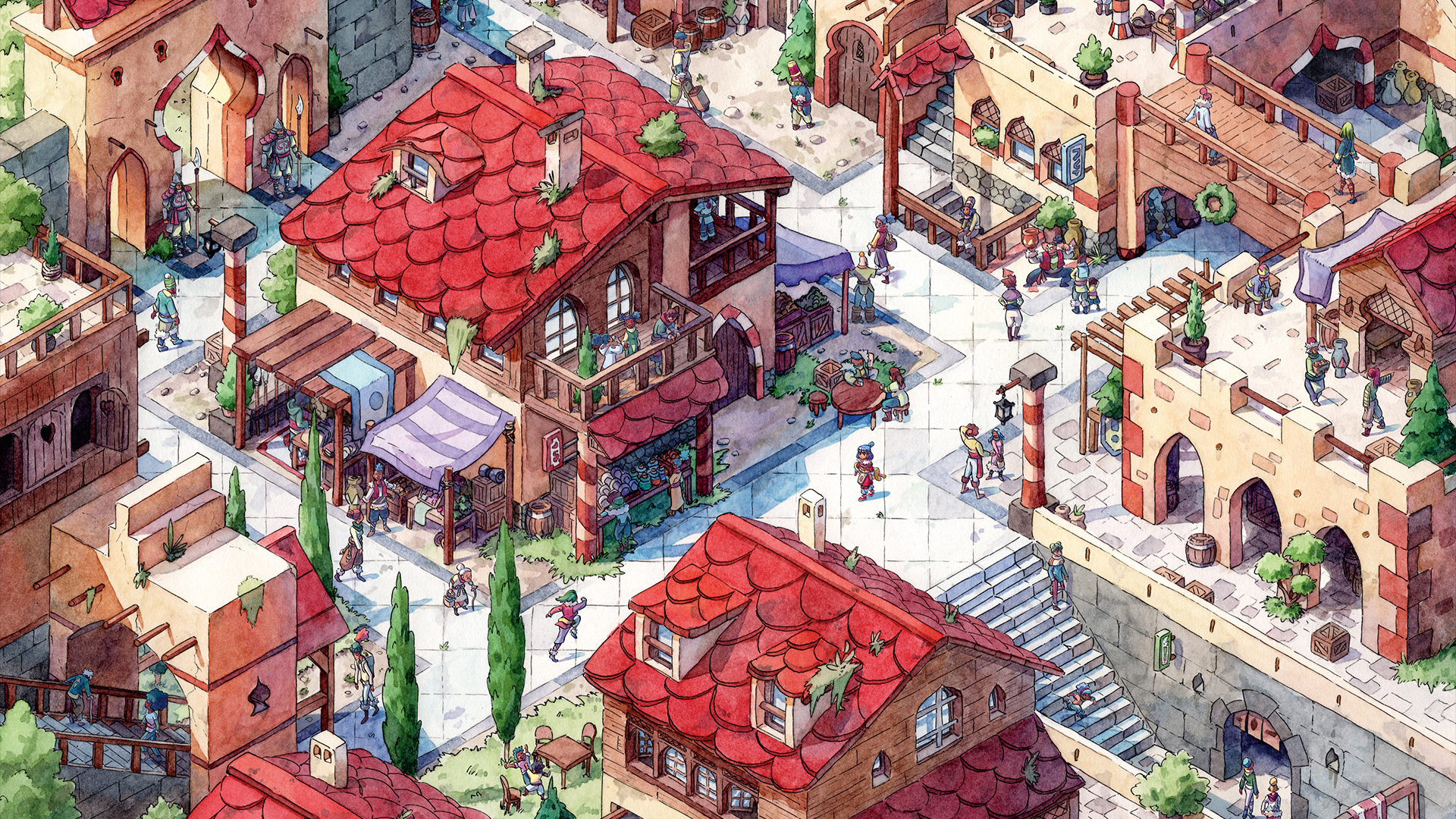
French artist Marcel Mosqi is keeping things old school with his watercolour illustrations in an increasingly digital world. We caught up with him to learn about how he broke into creating paintings for video games, why he loves to work with unpredictable mediums, and the reasons he’s thankful that the NFT craze has died down.
If you're just starting in your art career, check out our guides to the best drawing tablets and best monitors for graphic artists. If you're inspired by Marcel's illustrations, check out our picks for the best watercolour paints and best sketchbooks to get your bright ideas on paper.
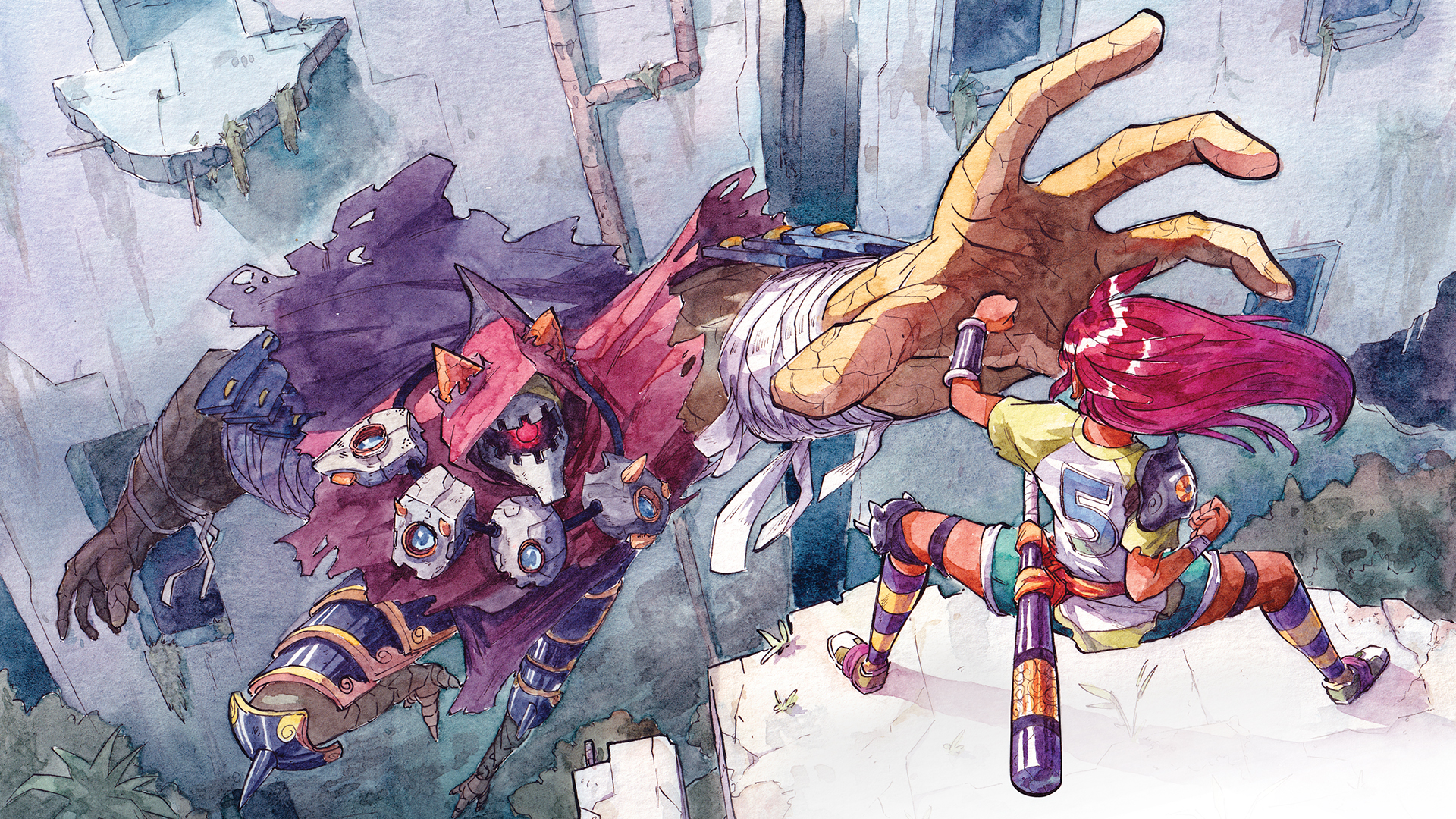
How did you get started as an artist, and what path has your career taken?
After a year or two of art school where I wasn’t doing great, I started working in a small animation studio founded by other young, motivated people. We were very inexperienced at the time so it didn’t last, but that was a wonderful experience. From this point I became a freelancer and struggled a lot to find work for a few years, until I started working regularly as a letterer for a French manga publisher. I’d wanted to be a manga artist for a long time, so I did some manga fanzines in the early 2000s, a webcomic called Spunch Comics with friends in 2012, and sent multiple manga projects to publishers over the years.
I began to focus more on illustration after discovering watercolours in 2018 and started working on personal commissions. But as I was gradually filling my social media pages with watercolour works, I received more and more professional illustration or design requests for video games, board games, tabletop role-playing games, or animation projects.
As I wanted to work on games, I focused my portfolio and online posts in that direction. Now I work mostly on video games via indie developers or video game publishers, doing key art, character concept art, and sometimes background concept art.
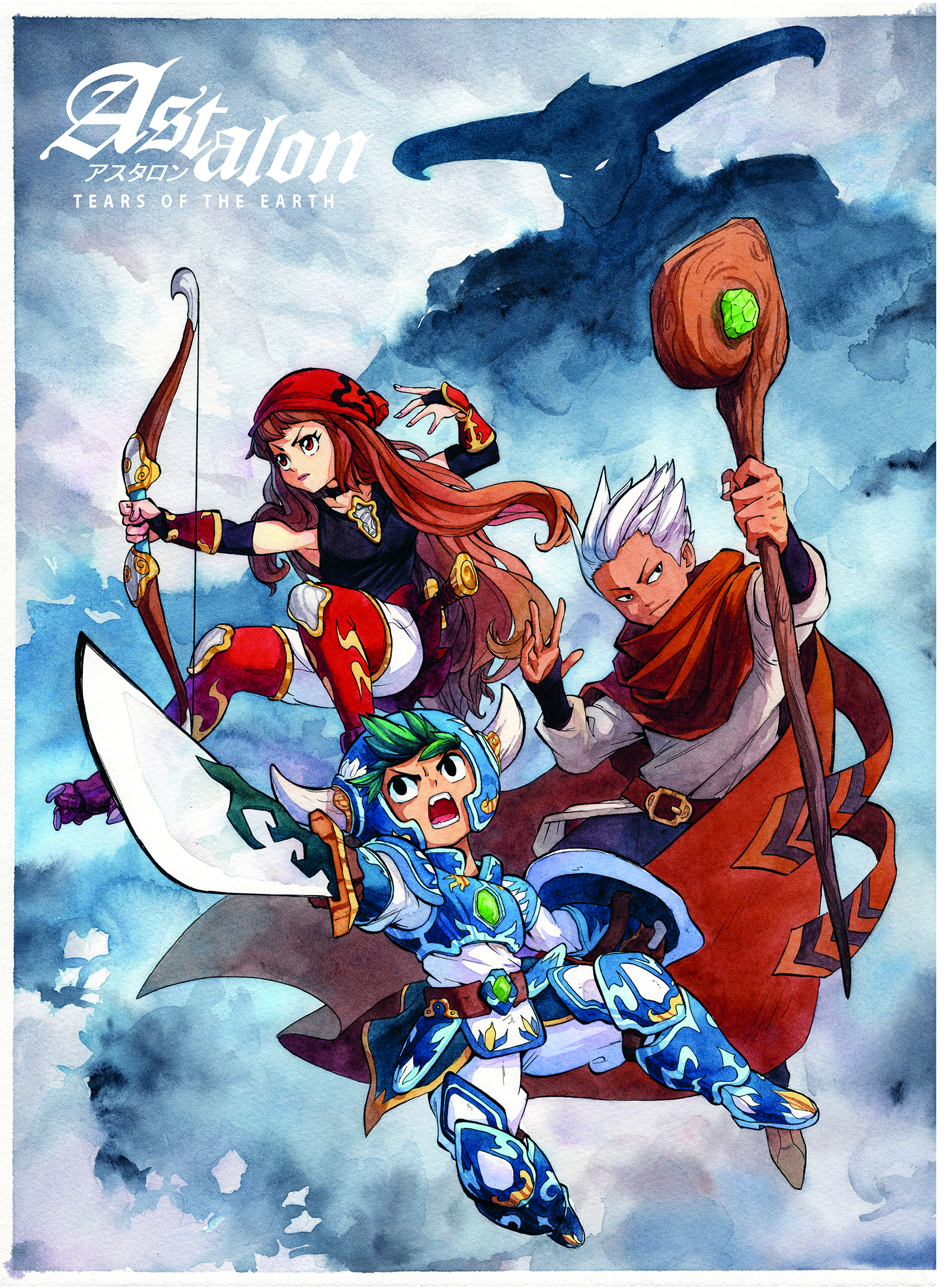
How has your art developed, and what has driven those changes?
When I was making fanzines and webcomics I had to draw fast, which I never really succeeded in doing. I always tried to focus on broad shapes and kept details very light so I didn’t have to spend too much time drawing my characters or backgrounds. As I began to work more on illustrations, I gradually added detail to characters, but it’s something I still have to think about actively when drawing, and I always have to go back to my sketches to add in more.
The way I use colour has changed a lot since I switched from digital to watercolours. It immediately felt a lot more comfortable. Finding the right tools is very important, whether they are digital or traditional. In my case it kind of made different things from my past experiences click together.
Influence and feedback from fellow artists and others on the internet are obviously another important aspect, as an external opinion about your artwork is always useful. We used to post drawings on forums in the early 2000s to get feedback, but now there are so many more possibilities to communicate online, and that’s a good thing for artists.
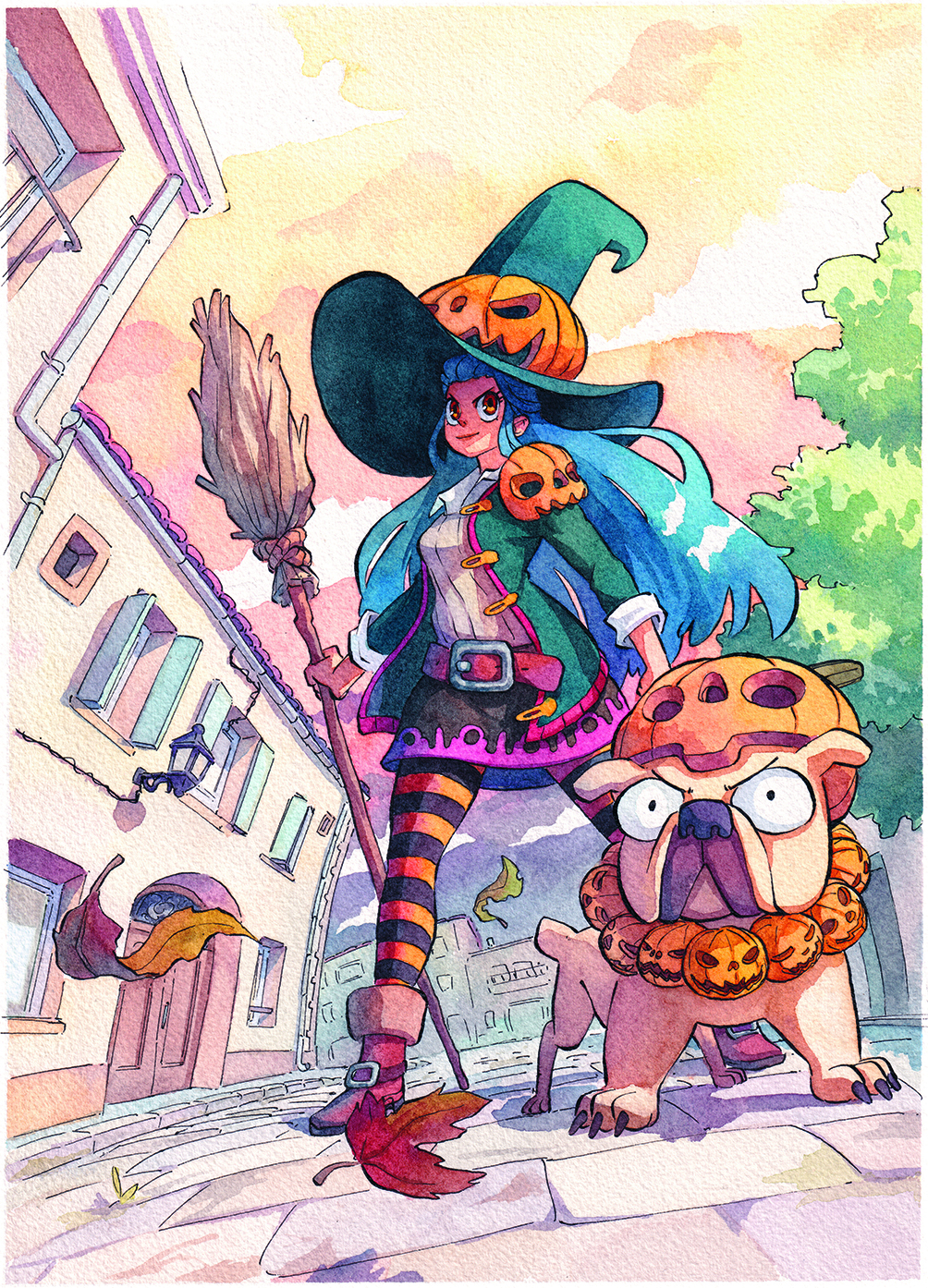
What attracts you to creating work using watercolours?
The feeling of painting with watercolours is great, the way the brush slides on the paper thanks to the water, and how the colours mix together is quite unique and relaxing. Also, when I realised that there were waterproof Indian inks and I could use my good old G-pen again, I quit working exclusively on the computer.
There are more practical reasons too; it just seems easier to me. To my surprise, it made more sense to me to find the right nuance by mixing the colours and water together on a palette rather than with a colour wheel in a piece of software. And even if you can’t control exactly what watercolour paint will do on the paper – and that’s part of the point of using it – paradoxically I feel more in control.
As for the fact that you can’t undo anything, that’s a difficulty but also a good thing for me. If I can use an undo button and colour sliders I’ll spam them all day, lose a lot of time and won’t leave anything to chance, which is a pretty fun thing.
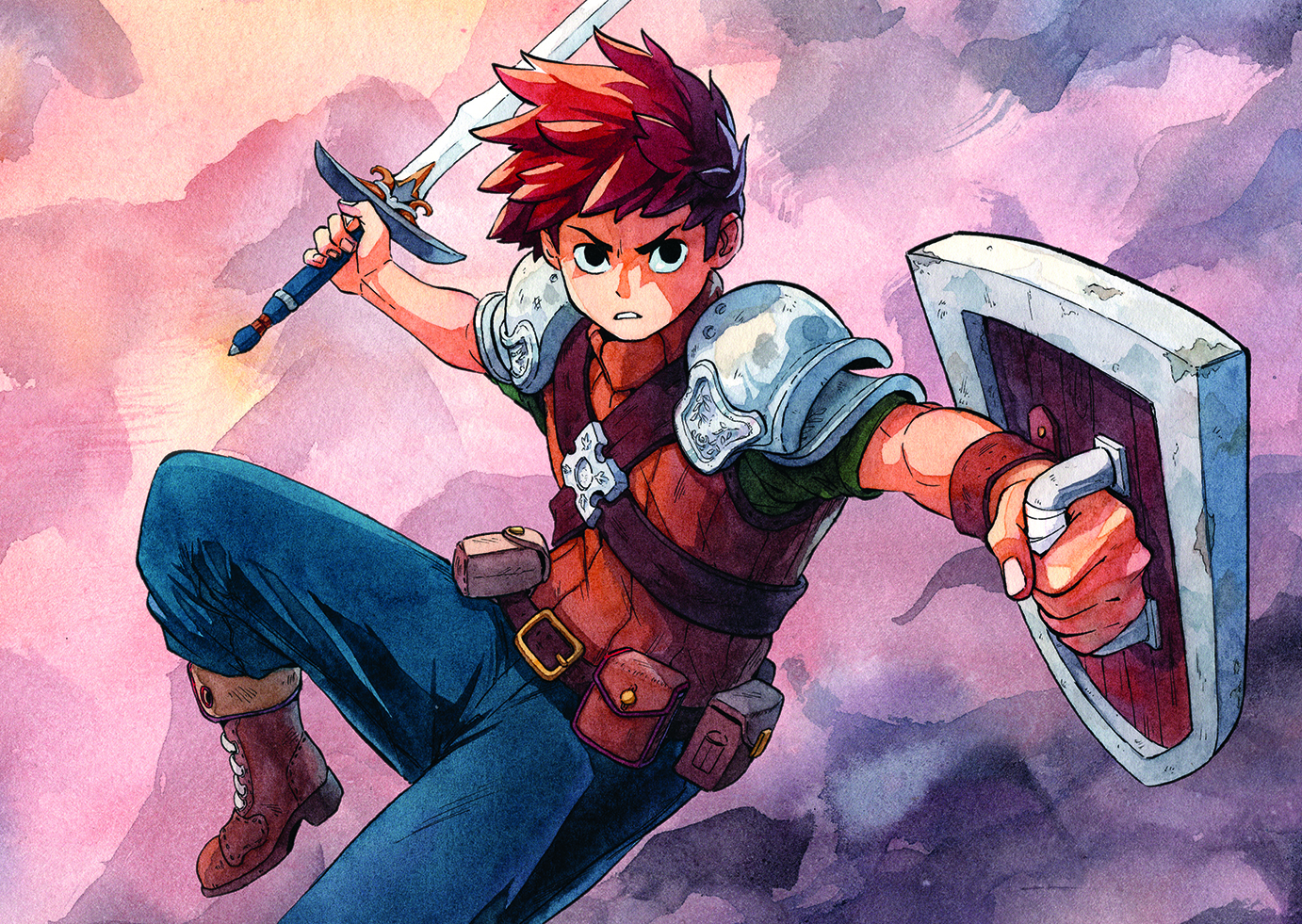
On Instagram you say no to NFTs. How come, and do you think the NFT craze has passed?
NFTs were advertised to artists as a way to certificate their ownership of their artworks and earn royalties on each sale, but it doesn’t look like that was the point or even what NFTs are good at. As far as artworks are concerned, they’re just speculation material. It’s funny how something that was supposed to authenticate the creator/owner of an artwork led to so many art thefts, as anyone can take any JPEG from anyone and then make it their own NFT.
I think the NFT craze was only supported by people who just wanted to create value out of nothing and earn a lot of money through speculation or scams. It doesn’t have much to do with art, and it looks like it’s over now.
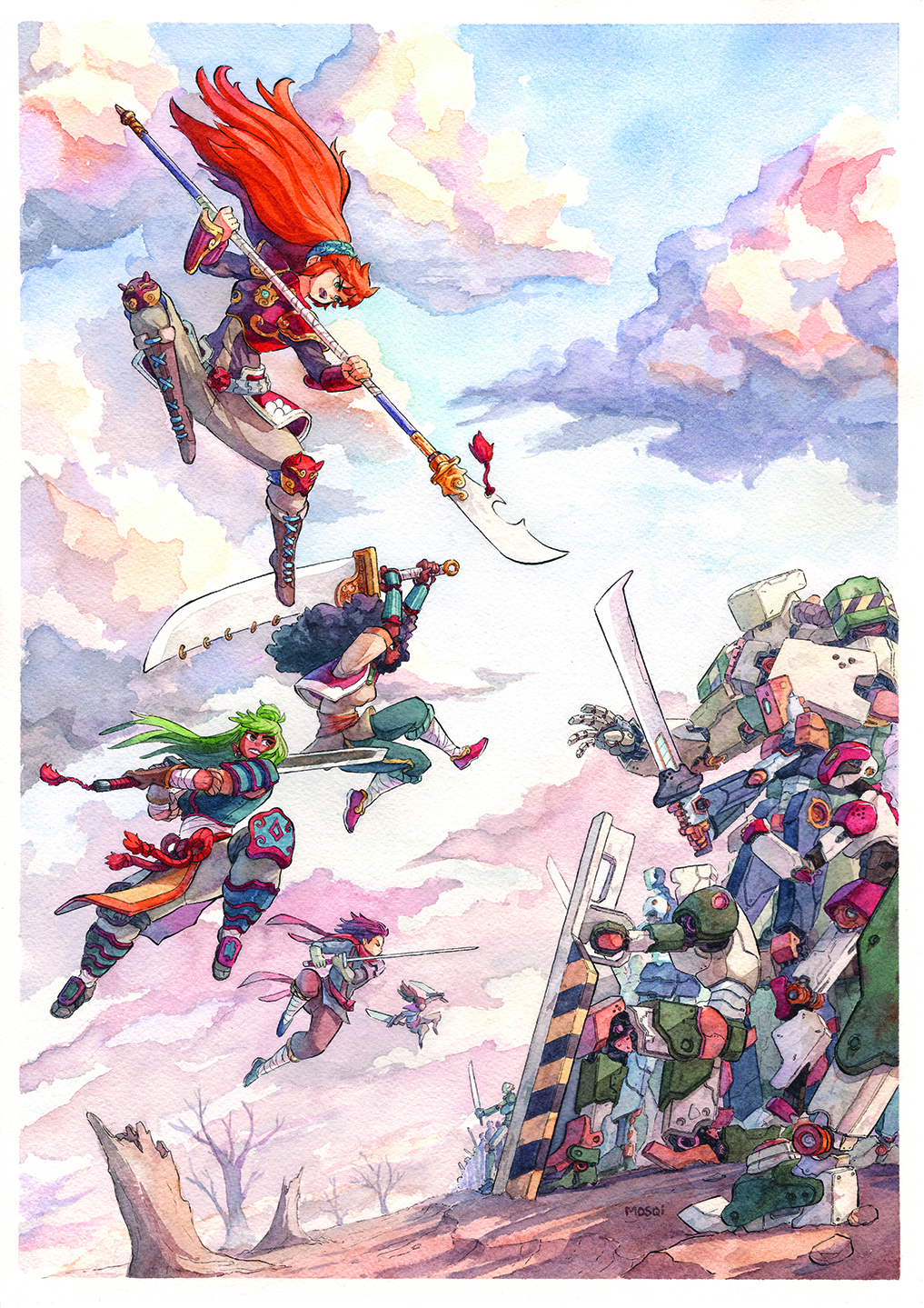
Last year you put together an artbook. What made you want to create it, and what did you learn from looking over your work?
Actually, I didn’t really want to make an artbook to begin with. I’d made a self-published one with a collective I was part of a few years ago and that was quite a lot of work, so I didn’t want to make one by myself. I also never thought a publisher would like to publish an artbook that wasn’t any way related to any known franchise or made by a famous artist.
But Spanish publisher Ominiky Ediciones proposed making one with my past artworks, and to take care of the distribution. That went very well and I’m glad I had the opportunity.
Going through all of these old drawings made me realise that I don’t have as much time as I once did to work on my own personal stuff, which is partly a good thing. I also noticed a few technical changes, like the fact I use more pigment in my colours now than I used to, and that I’ve improved my anatomy work a little, but lost a bit of the spontaneity and dynamism along the way.
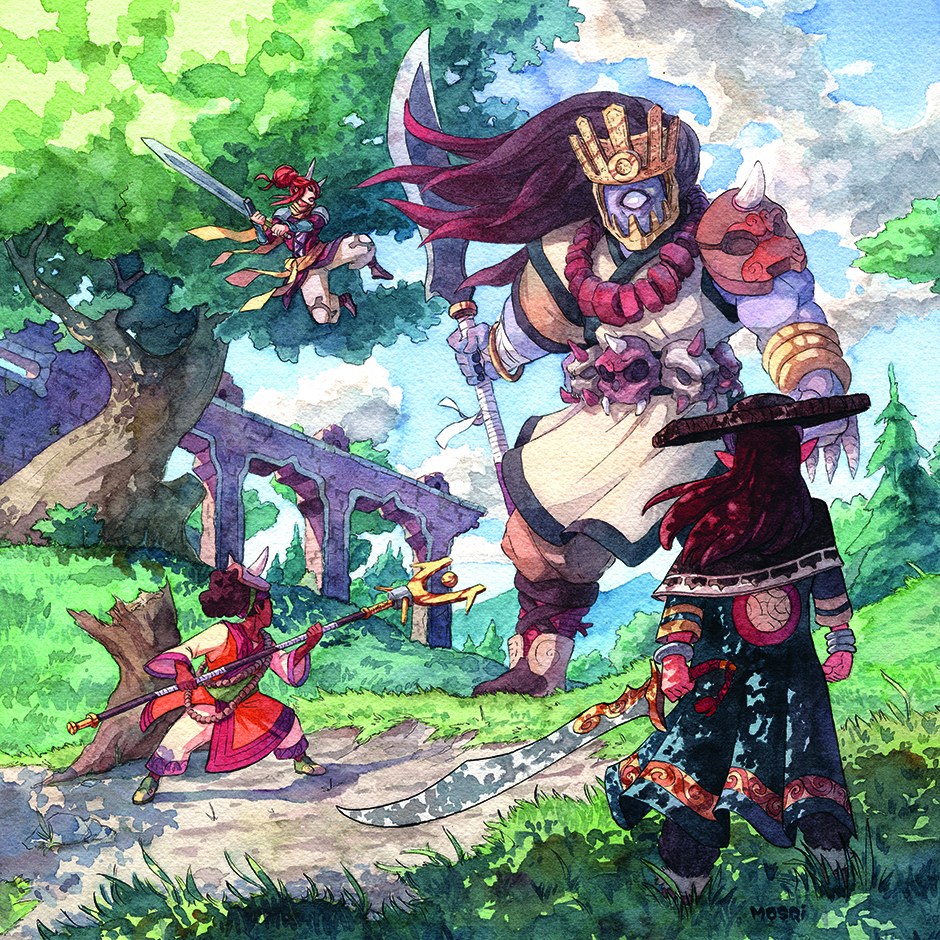
Do you ever suffer from burnout? If so, how do you deal with it?
I think I came very close once or twice, and I couldn’t work or do anything for two or three weeks. I’m not sure how to deal with it, but if I’m not too depressed I’ll just try to do something that differs from my daily routine, something new and not work-related, plus I try to avoid any kind of pressure and to relax. The most efficient way to avoid burnout, for me, is to take vacations from time to time, but that’s always difficult as a freelancer.
Can you talk us through your average working day?
In the morning I’ll usually work on sketches for ongoing and new works, and I also take care of emails, invoices, quotes and administrative matters, which is part of freelancing. If I have painting to do, then I usually take the afternoon for it, as it takes time to set up. I like to have natural light, and I feel it’s better to have long painting sessions for the efficiency and colour coherence. But that’s more chaotic and depends a lot on work and life stuff.
Of all the work you’ve created so far, what are you most proud of?
There’s no specific illustration I’m most proud of, but what I really want to do is to convey a feeling or tell a story with an illustration, character or background. I don’t always have a clear idea of what I want to do from the beginning. It often starts with a vague impression or a feeling, then I try to find the best way to represent it. I feel like I succeed when I manage to express it, or when someone makes an illustration theirs, not by making an NFT out of it, but by interpreting it and relating to it in their own way.

What’s next for you? Do you have any exciting projects coming up, or are there other areas of art you’d like to explore?
I love working in the video game industry and there are things I’d like to do more of, such as being more involved in the artistic direction of a small game, and working more closely on the development side with a small team who have the same tastes.
In my free time I’ve worked on a couple of mock-ups and concept art pieces in order to make watercolour backgrounds for video games, such as SaGa Frontier 2 on the original PlayStation console, which impressed me so much as a child because of the hand-painted backgrounds. There are many different possibilities and I’m working on finding an idea or a project that would benefit from the use of watercolour backgrounds.
What advice would you give to aspiring artists hoping to follow in your footsteps?
Maybe don’t be like me; instead find and go to a good art school if you can. Keep being curious and search for great and different artists in various styles and study them, because the more you know the ‘vocabulary’ and possibilities, you’ll be able to integrate them into your own art.
In a similar vein, I’d recommend trying out different techniques to find the mediums that you like, and don’t get bored. We need to practise a lot to improve, so try to keep having fun drawing and don’t pressure yourself, to avoid suffering from burnout or becoming frustrated.
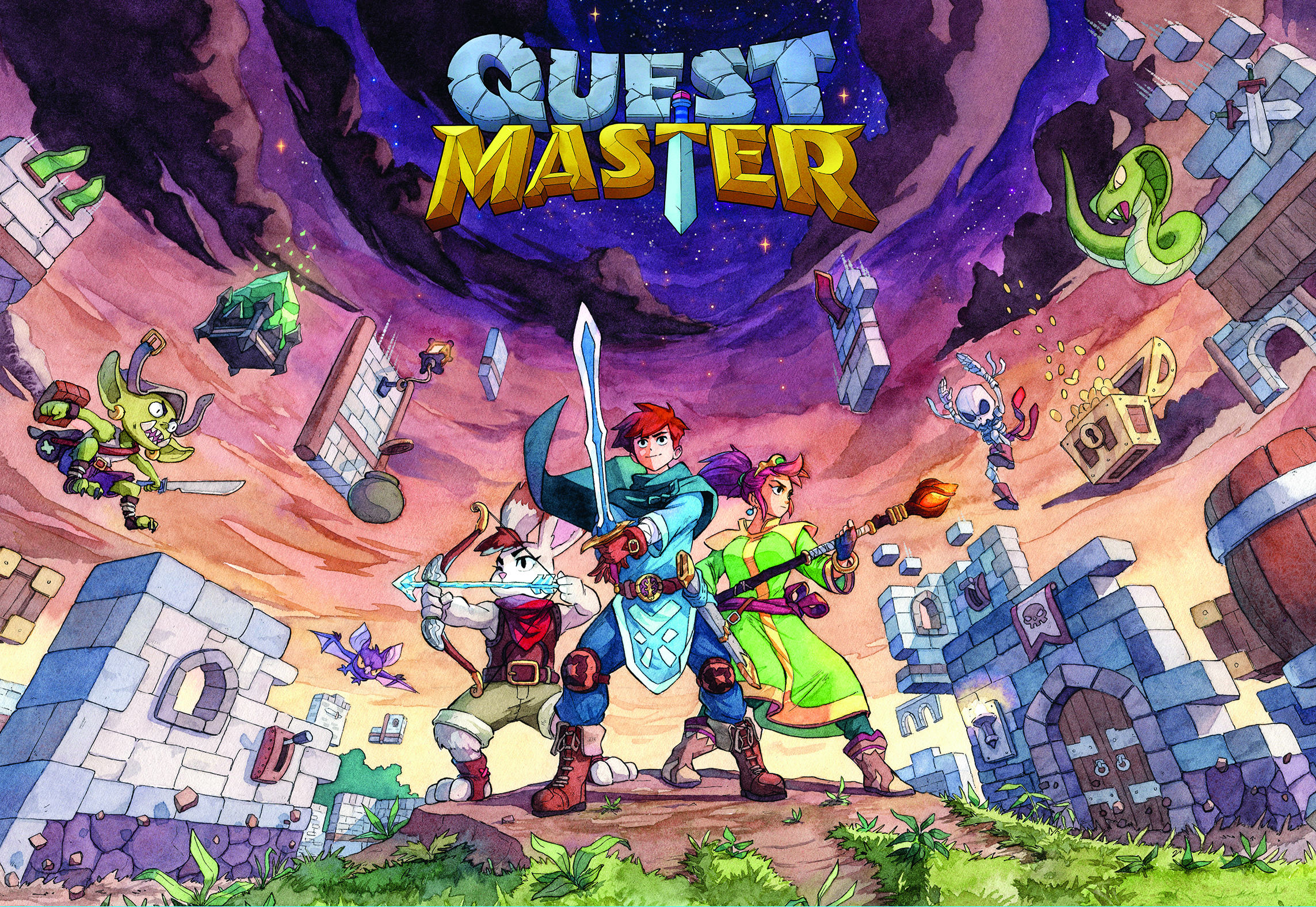
This content originally appeared in ImagineFX magazine, the world's leading digital art and fantasy art magazine. ImagineFX is on sale in the UK, Europe, United States, Canada, Australia and more. Limited numbers of ImagineFX print editions are available for delivery from our online store (the shipping costs are included in all prices).
Daily design news, reviews, how-tos and more, as picked by the editors.
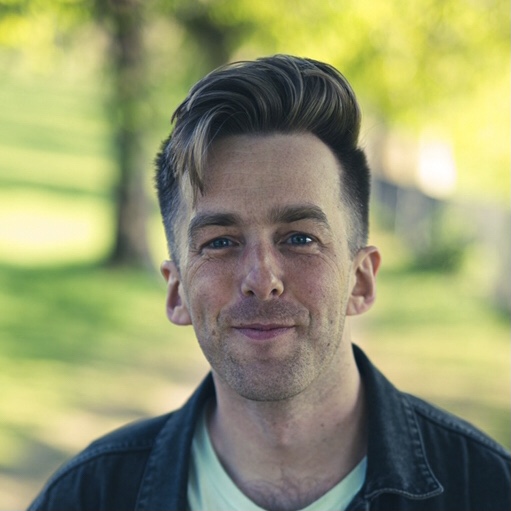
Dom Carter is a freelance writer who specialises in art and design. Formerly a staff writer for Creative Bloq, his work has also appeared on Creative Boom and in the pages of ImagineFX, Computer Arts, 3D World, and .net. He has been a D&AD New Blood judge, and has a particular interest in picture books.
